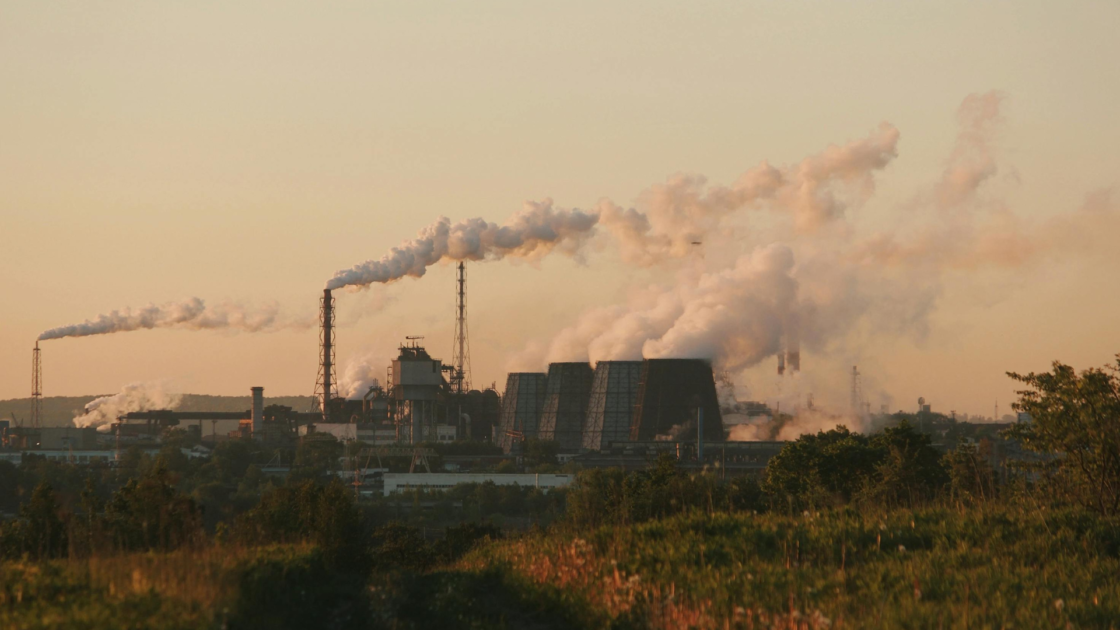
India’s thermal power plants (TPPs) with an installed capacity of 218 GW in 2024 provide over 70% of the nation’s electricity generation. These plants employ around 320,000 to 400,000 individuals across the country. However, 15% of this capacity comes from ageing plants over 30 years old, which need either decommissioning or repurposing. The transition involves creating viable alternatives for these plants while ensuring that the workers and communities dependent on them are not left vulnerable. To achieve this, repurposing plans must incorporate alternative technologies, financing, and a citizen-centric approach.
Interestingly, the local community, while less directly employed by the TPP, is vulnerable to repurposing in ways not limited to employment. The plant contributes to social infrastructure, such as healthcare and education, and any reduction in these services will negatively affect the local community. The report also notes that repurposing may reduce pollution, benefiting the local community in terms of health, but this must be accompanied by continued access to healthcare and education services.
Workers and communities show varied dependencies and vulnerabilities related to coal-fired power plants. Permanent workers, though dependent on TPPs for employment, enjoy job security through retraining or severance pay, and thus their vulnerability is relatively low. However, informal contractual workers face high levels of vulnerability due to limited formal training, lower educational attainment, and lack of access to reskilling programs.
Women and local communities are less dependent on TPPs for employment but remain vulnerable due to a lack of alternative livelihood options. The environmental pollution caused by TPPs also affects local communities, leading to health issues and reducing agricultural viability. Therefore, any transition plan must consider these broader social and economic factors, providing not just employment but also essential services such as healthcare and education.
Worker and Community Dependencies
Worker Distribution
The operations of TPPs fall into three categories: input (coal and water handling), process (boilers, turbines, generators), and output (electricity generation and waste handling). Permanent workers manage these operations with the help of formal and informal contractual workers. The latter category, often lacking formal technical education, learns on the job through peer-to-peer mentorship. Despite this, they possess specialized skills critical for plant operations.
The vulnerability of workers varies significantly. Informal contractual workers, who rely heavily on the plant for income, are the most vulnerable in case of repurposing. Induced livelihoods, such as local businesses that cater to TPP employees, would also be negatively impacted if the workforce shrinks. Permanent workers, by contrast, have access to severance pay and retraining, making them less vulnerable. Local contractors, who supply labour and lease machinery to the plant, can potentially diversify their operations to other industries, further reducing their vulnerability.
Community Impact
Local communities are not majorly dependent on TPPs for direct employment, but they rely on the social infrastructure these plants provide, such as healthcare and education services. Environmental pollution from TPPs has severely impacted local health and agriculture. However, the repurposing of TPPs offers the potential for reduced pollution, benefiting the community, but it must be accompanied by the continuation of essential social services to ensure a just transition.
Recommendations
- Align Funding for Skill Development: Existing government programs, CSR initiatives, and Multilateral Development Bank (MDB) support should be aligned to finance reskilling programs for TPP workers. Consolidated databases like myScheme and UMANG should be strengthened to help affected communities access social safety programs.
- Worker-Responsive Training Programs: Training programs should focus on the existing skills of workers, particularly informal contractual workers, who may struggle with the opportunity costs of traditional reskilling programs. Monetary incentives should be provided to encourage participation in these programs, and clear communication about future job opportunities should be made to workers before enrollment.
- Gender-Sensitive Programs: Women in local communities expressed a desire for employment opportunities close to their homes. Therefore, skill development initiatives must be gender-sensitive, offering flexible, non-residential training formats to encourage participation from women in both traditional and non-traditional roles.
- Baseline Skills Assessment: An independent, third-party survey should be conducted to assess the existing skill levels of informal contractual workers. This would help design targeted training programs that prepare workers for new roles within repurposed TPPs or alternative industries.
- Skills Information Portal: A single-window management information system (MIS) portal should be established at each plant to connect workers with relevant reskilling opportunities and local job markets. This portal can also be linked to government skill development platforms like myScheme and UMANG.
- Redistribute Benefits: Local communities should benefit from the repurposing of TPPs through employment opportunities and improved social infrastructure. If employment opportunities are limited, the provision of high-quality healthcare and education services should be maintained or expanded to support the local population.
This article is based on research from “Assessing Worker and Community Dependence on Thermal Power Plants: A Case Study“, published by the Council on Energy, Environment and Water (CEEW).
